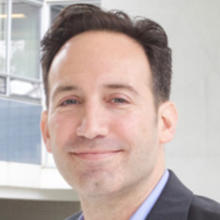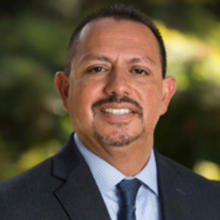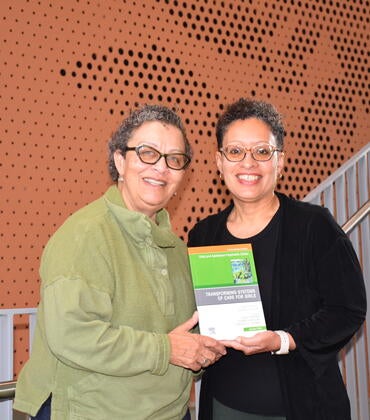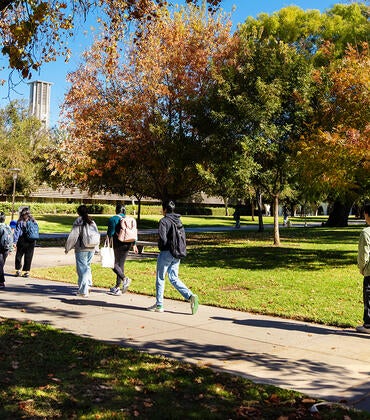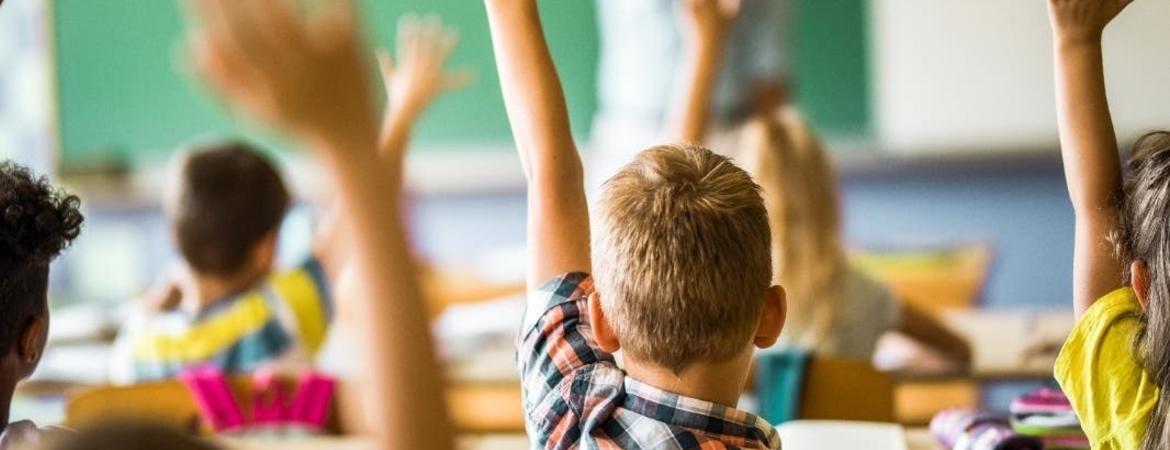
After more than a year of lockdown, school is back in session. But many people are wondering whether it should be.
Approximately 121,000 children nationwide tested positive for COVID-19 the week of Aug. 5, according to the American Academy of Pediatrics and the Children’s Hospital Association. That’s a 23% increase over the prior week. Mask usage, one of the strongest tools for preventing these infections, is not required in many districts. Breakthrough cases are forcing some schools into quarantine, while others have given up and gone back to remote learning.
Here, UC Riverside experts in viruses, medical policy, and education share their thoughts about whether in-person learning at this moment in time is an A+ idea, and offer suggestions for moving forward.
Juliet Morrison
Virologist and assistant professor of microbiology and plant pathology
“Sending unvaccinated kids back to crowded indoor classrooms with poor ventilation is a recipe for disaster if community transmission is high.”
— Morrison
Q: From your point of view, is it too early to fully reopen schools?
A: Opening K-12 schools should depend on the level of transmission in the surrounding community. Sending unvaccinated kids back to crowded indoor classrooms with poor ventilation is a recipe for disaster if community transmission is high. Riverside has been experiencing an increase in COVID-19 cases in the past couple of months, so the risk to unvaccinated children has increased too.
Without a highly vaccinated community and a highly vaccinated school population, we can expect to see a rise in COVID-19 cases in K-12 students. Even if we mandate masks, which many schools are not doing, it is still risky until we get the kids vaccinated. Remember that they would be maskless at meals in crowded cafeterias. We know that the delta variant of SARS-CoV-2 is more transmissible than previous strains, and that it is spreading rapidly in children.
Q: Do you feel differently about opening K-12 versus colleges?
A: Yes. If vaccines and masking are mandated for students, staff, and faculty, then attending in-person classes at college would be less risky. Students would also have to take precautions in their dorms. There should be designated housing for infected students to quarantine in.
Q: Under what conditions would you feel safe fully opening all K-12 schools?
A: If we had FDA approval of the vaccination for kids younger than 12, and vaccinations were mandatory for students, teachers, and staff. Additionally, the schools should also institute other safety protocols such as masking, keeping windows and doors open, and sanitizing high touch areas.
Richard Carpiano
Medical sociologist and professor of public policy
“Children are getting sick in large numbers and we are still learning about the long-term health consequences for them.”
— Carpiano
Q: Do you feel it is too early to fully reopen schools?
A: Yes, for three related reasons. First, the delta variant is more contagious than prior variants. During the past few weeks, there has been a substantial rise in COVID-19 cases among children ages 17 and younger. Though children are less likely than adults to develop severe illness or be hospitalized, both outcomes can and do still occur. Children are getting sick in large numbers and we are still learning about the long-term health consequences for them.
Second, there is the issue of vaccine coverage. There is no vaccine approved yet for children under age 12, which leaves them highly vulnerable. Approximately 42% of California children ages 12-17 are still neither partially nor fully vaccinated.
Third, children can infect other children and adults. Altogether, children are at substantial risk of acquiring COVID-19 and having their schooling disrupted. Rising cases among children also contribute to strains on existing hospital resources and staffing, as currently seen in other states.
Q: Under what conditions would you feel safe fully opening all K-12 schools?
A: I would like to see much lower community cases than we are currently witnessing. This will require effort from governments, the private sector, and community members. Prevention of future surges is key, as is ensuring equitable distribution of and access to COVID-19 safeguards.
In addition to the school mask mandate, several things need to happen. COVID-19 vaccines must be approved for children under age 12. COVID-19 vaccination must also be required for school attendance. This is no different than the existing policy for many other important vaccinations that passed with popular public support to keep K-12 students safe. Additionally, all K-12 schools in the state need appropriate or updated ventilation systems.
Q: Can you share practical risk reduction tips for those going back to school?
A: Good practices include:
- Continually reinforcing to your children the importance of safe masking, handwashing, and other preventive practices, like physical distancing. This includes demonstrating these practices whenever leaving and returning to your home.
- Purchasing appropriately sized masks with your children’s favorite characters or patterns is a way to promote mask use as fun and normal.
- Being mindful of potential risk environments you may visit either with or without your child, including stores, restaurants, or house parties where people are not required to wear masks.
- Asking all potential visitors to your home if they have been vaccinated before they arrive. It isn’t at all rude to ask others and it is their responsibility to tell you. Their status matters. If a person has chosen not to vaccinate themselves or their children, you do not have to accommodate them in your home.
- Keeping all social gatherings, including play dates, small and outdoors if possible.
- Investing in home testing kits is useful for timely monitoring of potential risks.
Louie Rodriguez
Interim dean and professor, Graduate School of Education
“Our focus should be on building community in schools, prioritizing relationship-building, and exercising kindness with one another.”
— Rodriguez
Q: What is the general tone about returning to in-person learning in the K-12 system?
A: I think educators, students, and families are approaching the return to school with a mix of excitement and concern. Overall, returning to school allows students and teachers to be in community with one another, which is a step in the right direction. However, the delta variant creates an environment of uncertainty.
Q: Would another shift from in-person to remote learning be less disruptive to K-12 teachers and students this time around, given their prior experience with remote learning?
A: I think that if we had to return to all remote learning again in the K-12 system, it would be equally disruptive as it was in March 2020. I think our students, families, and educators would be disappointed, and I would be concerned about the psychological impact it would have on everyone. It is my hope we don’t get to that point again.
Q: What’s the impact on K-12 students of effectively losing more than a year of instruction? Can we hope students will make that up in the long run?
A: I think it is important to focus on what was lost from a year out of the physical classroom. Aside from learning, the pandemic had and continues to have a tremendous impact on the overall well-being of our students, families, and educators. Mental health issues continue to be a concern and our systems should definitely be responsive to the needs of our students and families.
In the long run, I think there may be some academic catch-up that will need to be addressed. But our best approaches now should be driven by compassion, flexibility, and recognizing the human toll that the pandemic has had on students, families, and educators. Our focus should be on building community in schools, prioritizing relationship-building, and exercising kindness with one another.

